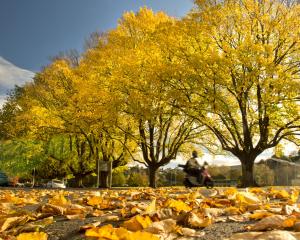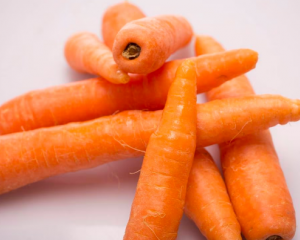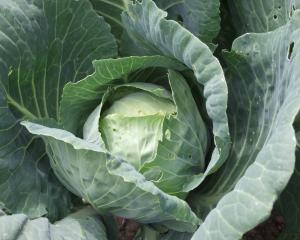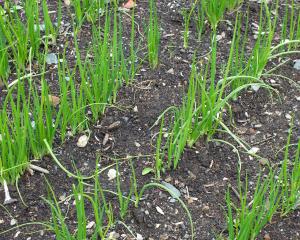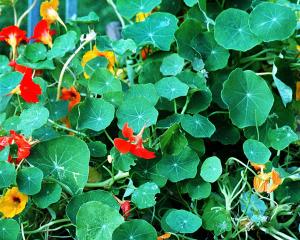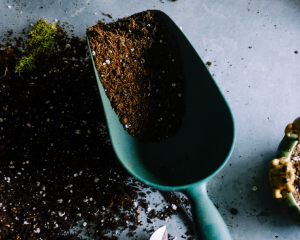Vegetables
Think ahead to spring and start improving heavy, clay-based soil by digging it roughly so different levels are exposed to winter frosts, winds, rain and sun. Raw manure can be added to break down during winter.
April is the traditional month to sow broad beans. These ultra-tough vegetables will germinate at very low temperatures. They may make little growth during winter, but will grow strongly in spring to produce better crops.
Some gardeners also sow peas at this time, favoured varieties being Onward and Greenfeast, as well as heritage pea Amish Snap.
Cabbage and cauliflower plants can be set in soil that has been well manured or generously composted, to stand the winter and mature in spring.
For planting out in spring, sow cabbage and lettuce seeds in glass-covered boxes or cloches. Choose a rich soil and a sunny position.
Another tough vegetable is tatsoi (Brassica narinosa or Brassica rapa var. rosularis). An Asian green with spoon-shaped thick, glossy dark green leaves that grow in rosettes and have white stems, it can withstand temperatures down to -9degC. Sow seed in rows 60cm to 90cm apart.
Now is the time to prepare rhubarb for a good crop next spring. Rhubarb is a gross feeder, so heavy manuring or composting is required every year. Remove all dying stems and leaves, pull out weeds and pile manure or compost on the crowns. Blood and bone can be forked through, but do not apply lime.
Asparagus tops should be removed before the berry-like red seeds ripen or the beds will be clogged with seedlings. Cut stems to ground level, remove all weeds and apply seaweed-based fertiliser before leaving the beds clean and tidy for winter.
Flowers
Favourite pansies and violas, such as blue Maggie Mott and bronze Irish Molly, both of which were bred in the 19th century, can be grown from cuttings. Place pieces in gritty soil, sheltered from the sun and wind.
This is the last chance before winter to plant ranunculus claws and anemone corms.
Pale-flowered Anemone blanda is excellent for growing in drifts under deciduous trees. Continue planting lilies. River sand or light gravel will improve drainage at the roots, while leaf mould, being slightly acidic, will help neutralise any traces of lime in the soil.
Antirrhinums, wallflowers, calendulas and marguerite daisies that have finished flowering can be cut back hard. In milder districts, these plants may produce a winter display following the last of the chrysanthemums, dahlias and Michaelmas daisies.
Lawns may be sown or repaired. Cover seed with a thin layer of fine soil.
Fruit
Walnuts will be ripening, so cut any grass around trees to make nut collection easier. When they start falling, shake branches vigorously with a long pole to dislodge as many as possible. Nuts will discolour if left in rain and dew for too long.
Fruit trees can be encouraged to grow more fruiting spurs and less leafy top by root-pruning now, when the leaves have begun to change colour but the soil is still warm enough to encourage new root growth.
Young apples, pears and stonefruits are best lifted out of the ground.
Cut back taproots close to the stem, shorten other strong roots and firmly replant the tree, staking to keep it from being blown over.
For larger trees, dig a semicircular trench about 1m from the trunk.
Dig to a depth of 1m or more, severing all the strong-growing roots that can be reached.
Continue digging inwards, from the bottom of the trench, to intercept any roots growing downwards. Replace subsoil, then topsoil, ramming firm light soils but leaving heavier types to settle naturally.
If the tree is still too vigorous next summer, repeat with the remaining half-circumference in autumn. Do not dig around in one operation for, with all its main anchors severed, the tree may blow over.


